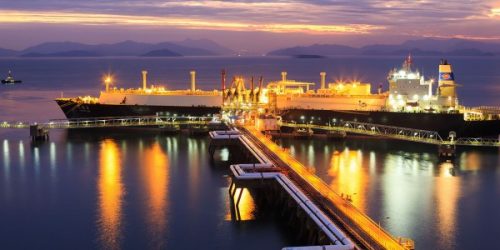The port city of Hai Phong in Vietnam has approved a liquefied natural gas (LNG) project for power generation, expected to be developed by U.S. supermajor ExxonMobil and to cost US$5.09 billion.
The people’s committee of the city of Hai Phong approved the project which is expected start electricity generation in 2026 or 2027, Reuters reported on Friday, citing a statement from the Vietnamese city.
The power plant is expected to have an initial capacity of 2.25 gigawatts (GW) when it becomes operational. Capacity will be doubled to 4.5 GW by 2029-2030, the city of Hai Phong said.
In June this year, Vietnam’s Prime Minister Nguyen Xuan Phuc told Irtiza Sayyed, President of ExxonMobil LNG Market Development, that Vietnam welcomes the U.S. supermajor’s plans to invest in the Southeast Asian country.
Exxon is exploring the possibility of investing in new projects to develop LNG-to-power plants in Vietnam, the local government said at the time. The plans included a 4-GW LNG-to-power plant in Hai Phong, which could start generating power between 2025 and 2030, and a 3-GW gas-fired power complex in the Mekong Delta province of Long An.
While LNG-to-power projects led by Exxon in Vietnam could become reality only in the latter half of this decade, the U.S. oil giant is doubling down in the more immediate future on its operations in Guyana—one of its key focus areas.
Earlier this week, Exxon made the final investment decision on the Payara offshore oilfield in Guyana. Payara is expected to yield up to 220,000 bpd of crude oil when commercial production begins in 2024.
This would be the third offshore development project of the supermajor in Guyana, which rose to fame thanks to a string of discoveries in the Stabroek block made by Exxon and its partner Hess Corp. So far, the discovered recoverable resources in the block have been estimated at more than 8 billion barrels of oil equivalent.





